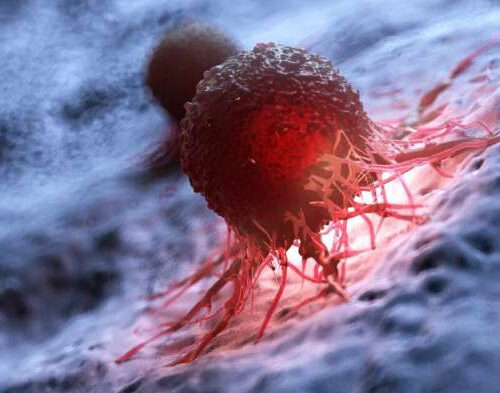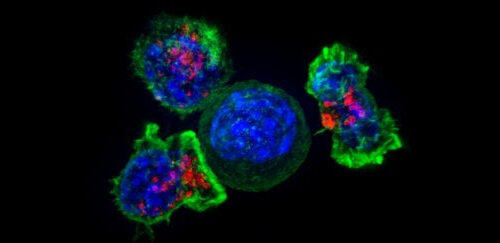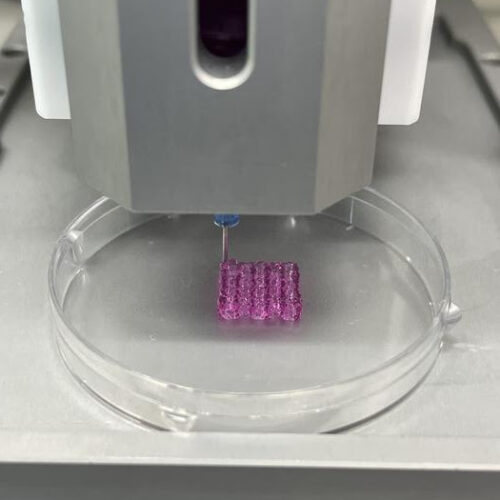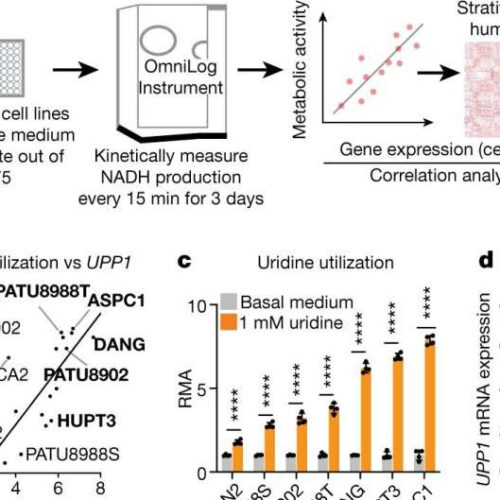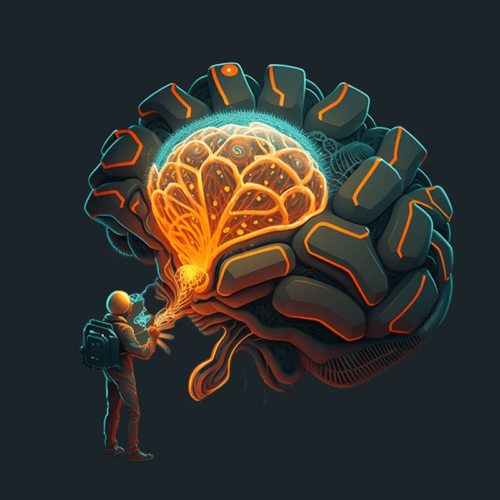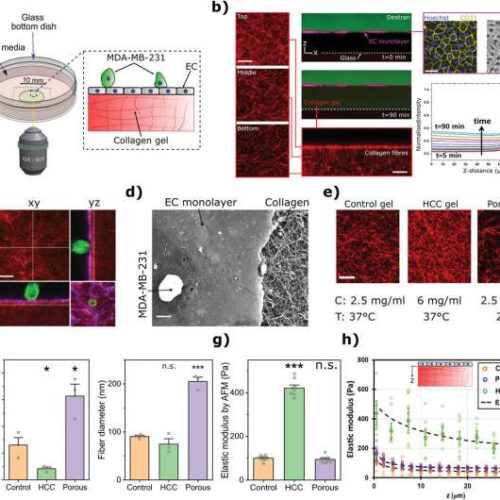by Dan Worthley, The Conversation Credit: Shutterstock As medical technology advances, many diseases could be detected, prevented and cured with cells, rather than pills. This branch of medicine is called cellular or cell therapy. It’s already used in clinical practice in some situations, such as patients receiving fecal microbial transplants (“poo transplants”) when they have a severe gastrointestinal infection,...
Tag: <span>cancer cells</span>
RNA-based Drug Delivered by Nanoparticles Destroys Most Cancer Cells in Bone Marrow
Using an RNA-based drug delivered to multiple myeloma blood cancer cells by targeted lipid nanoparticles, researchers at Tel Aviv University (TAU) destroyed 90% of the cells under laboratory conditions and 60% of the cells in human tissues. The researchers developed lipid-based nanoparticles, similar to those used in the COVID-19 vaccine, containing RNA molecules that silence the gene...
Scientists engineer cooperation in cancer cells to activate apoptosis mechanisms
by Justin Jackson , Medical Xpress Conversion of BCL6 auto-inhibitory pathway to feedforward loop. Credit: Nature (2023). DOI: 10.1038/s41586-023-06348-2 Scientists at Stanford University have found a way to induce cell death in cancer cells with a method that could be effective in around 50% of cancers. In a paper, “Rewiring cancer drivers to activate apoptosis,” published in Nature,...
Scientists Discover a New, Unexpected Way That Cancer Cells Spread
HEALTH31 July 2023 By DAVID NIELD Killer T cells surround a cancer cell. (NIH Image Gallery/Flickr/Public Domain) One of the challenges in treating cancer is stopping it from metastasizing, and a new study reveals one of the fundamental mechanisms through which this happens. Now we know about this mechanism, perhaps we can stop it. Key to this newly...
3D bioprinting technology to be used for removing cancer cells
NATIONAL RESEARCH COUNCIL OF SCIENCE & TECHNOLOGY IMAGE: IMAGE SHOWING THE PREPARATION OF HYDROGELS THAT ENHANCE THE VIABILITY OF NK CELLS CREDIT: KOREA INSTITUTE OF MACHINERY AND MATERIALS (KIMM) A three-dimensional (3D) bioprinting technology capable of eliminating cancer cells using the function of immune cells has been developed for the first time in the world. Through joint...
Study finds cancer cells use a new fuel in absence of sugar
by Anna Megdell, University of Michigan Profiling of metabolite utilization in PDA cells identifies uridine. Credit: Nature (2023). DOI: 10.1038/s41586-023-06073-w Researchers at the University of Michigan Rogel Cancer Center have discovered a new nutrient source that pancreatic cancer cells use to grow. The molecule, uridine, offers insight into both biochemical processes and possible therapeutic pathways. The findings, published in...
Nano-robotic scalpel swarm shreds brain cancer cells from the inside
By Michael Franco April 27, 2023 The new technique allows a very precise level of surgery that doesn’t damage surrounding tissue Created by The Hospital for Sick Children (SickKids) research team using Midjourney When it comes to fighting the deadly brain cancer known as glioblastoma, options are very much limited. This led a Canadian research team to...
How cancer cells muscle their way into other organs
by University College London 3D Extravasation assay for probing mechanics of cancer cells, endothelium, and the underlying ECM. a) Schematic representation of the extravasation assay. b) Quantification of the permeability of the HUVECs monolayer (magenta) formed on top of a thin collagen substrate. The permeability was calculated by measuring the changes of 70 kDa dextran (green) intensity...
Alternative glucose breakdown ensures the survival of cancer cells
by German Cancer Research Center Credit: Pixabay/CC0 Public Domain A key enzyme in sugar metabolism is inactivated particularly easily and efficiently by oxidative stress. Scientists at the German Cancer Research Center (Deutsches Krebsforschungszentrum, DKFZ) have now shown that with this oxidation, cells switch to an alternative sugar breakdown pathway and can thus escape oxidative stress. Cancer cells...
Jumping genes in cancer cells open the door to new immunotherapies
Jumping genes are short sections of DNA that have been incorporated randomly into the human genome over the long course of evolution. Also called transposable elements, these pieces of DNA have been implicated in cancer development. But new research from Washington University School of Medicine in St. Louis suggests that potentially transposable elements in various cancers...

